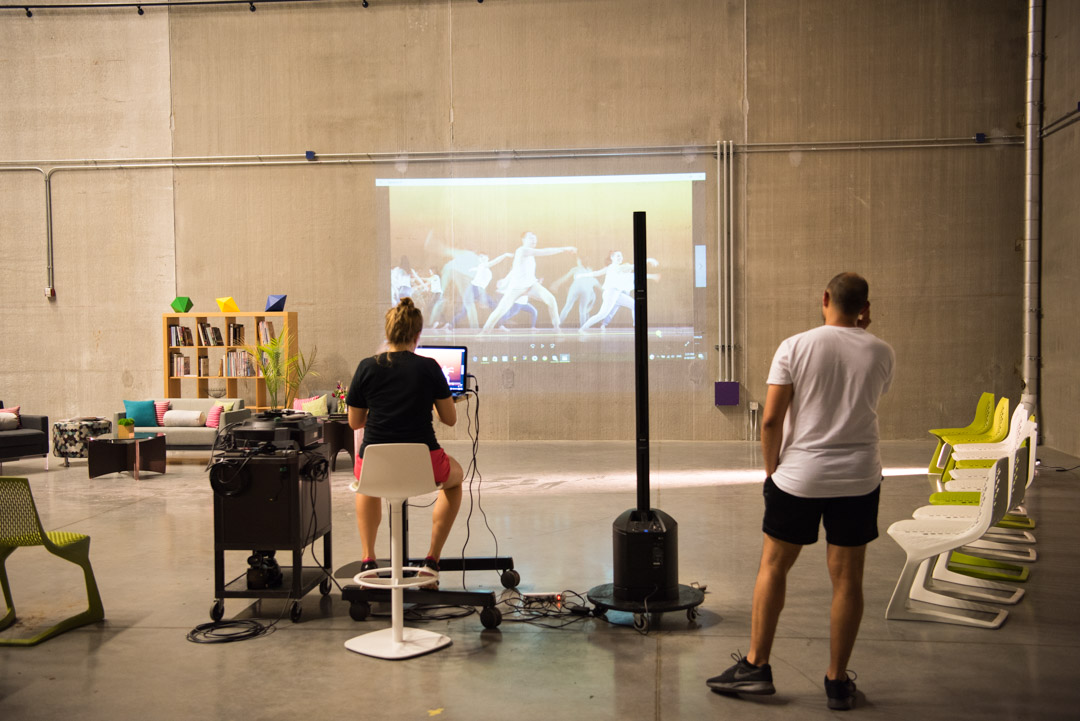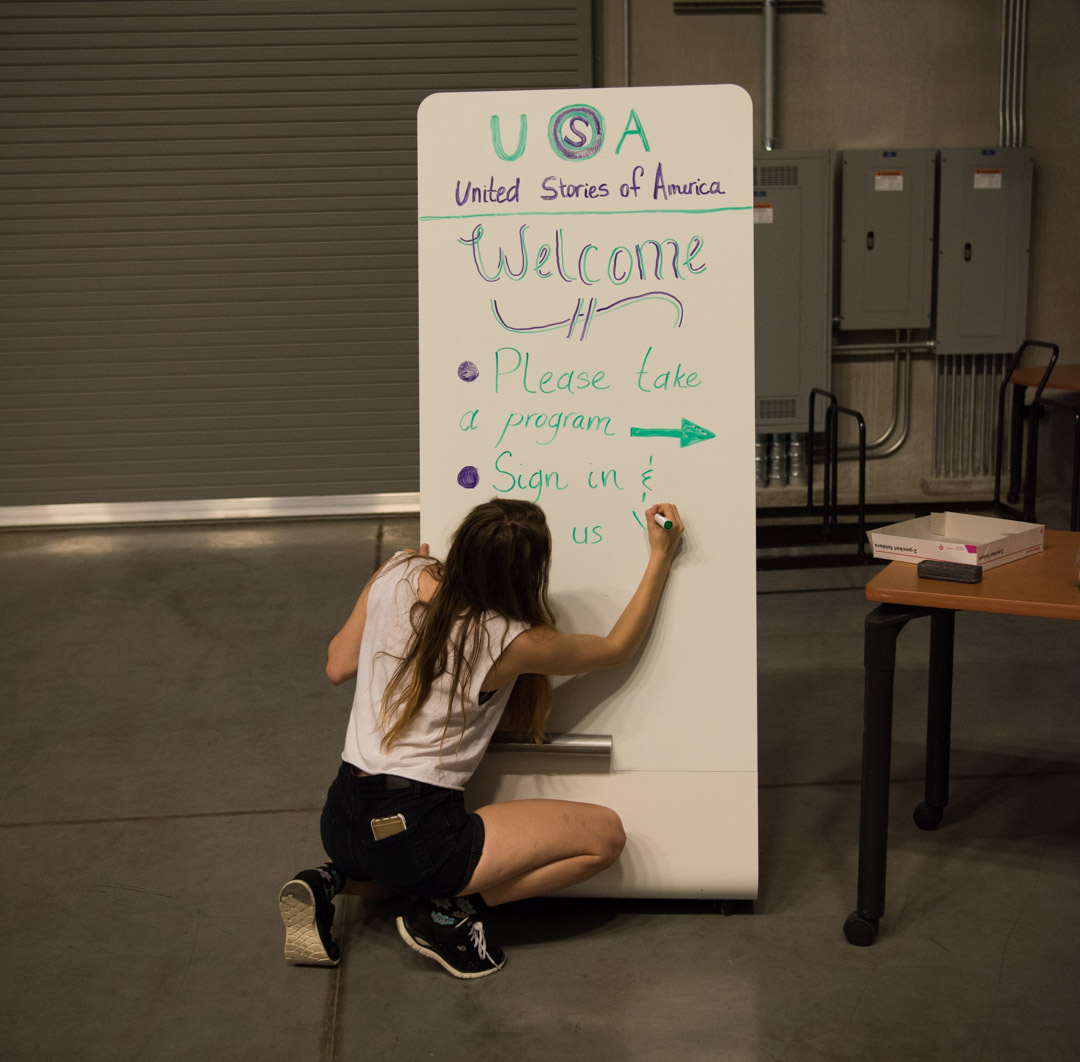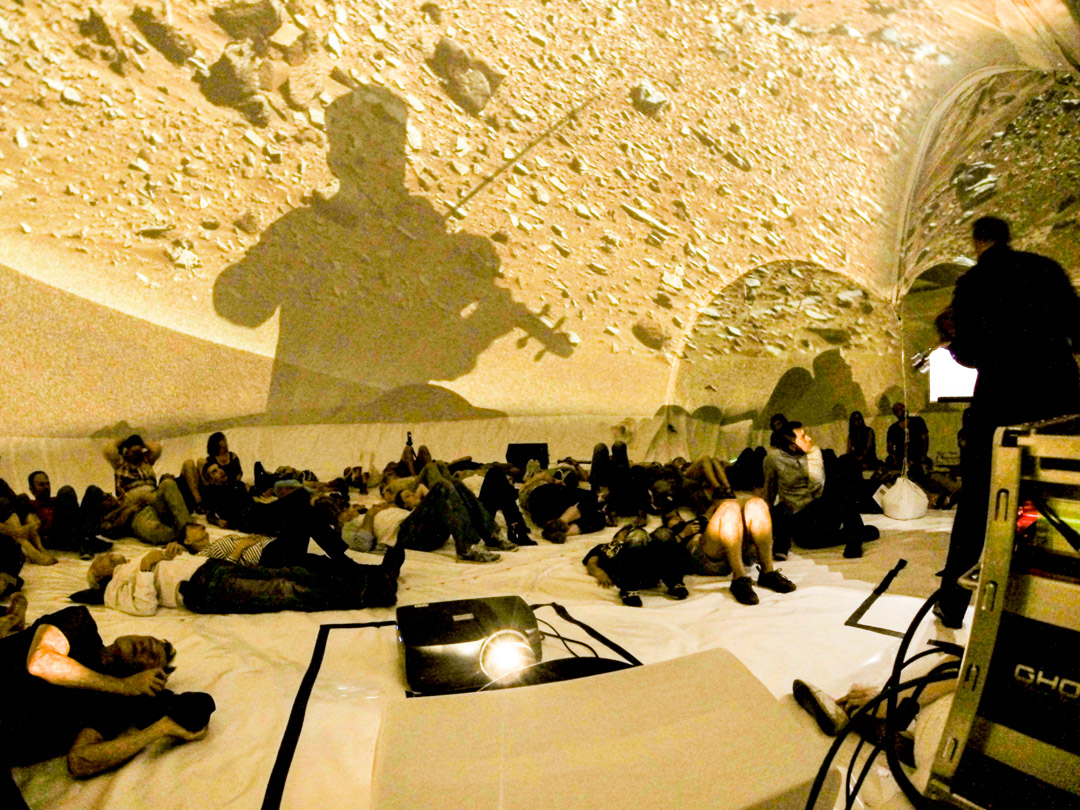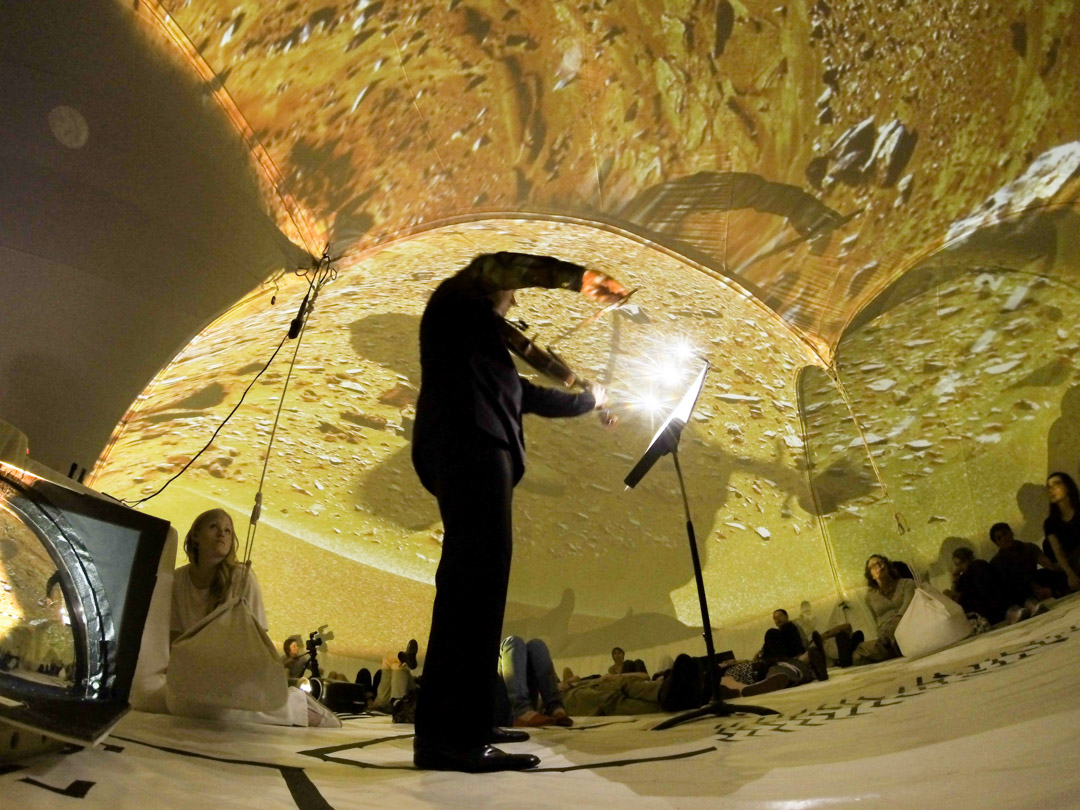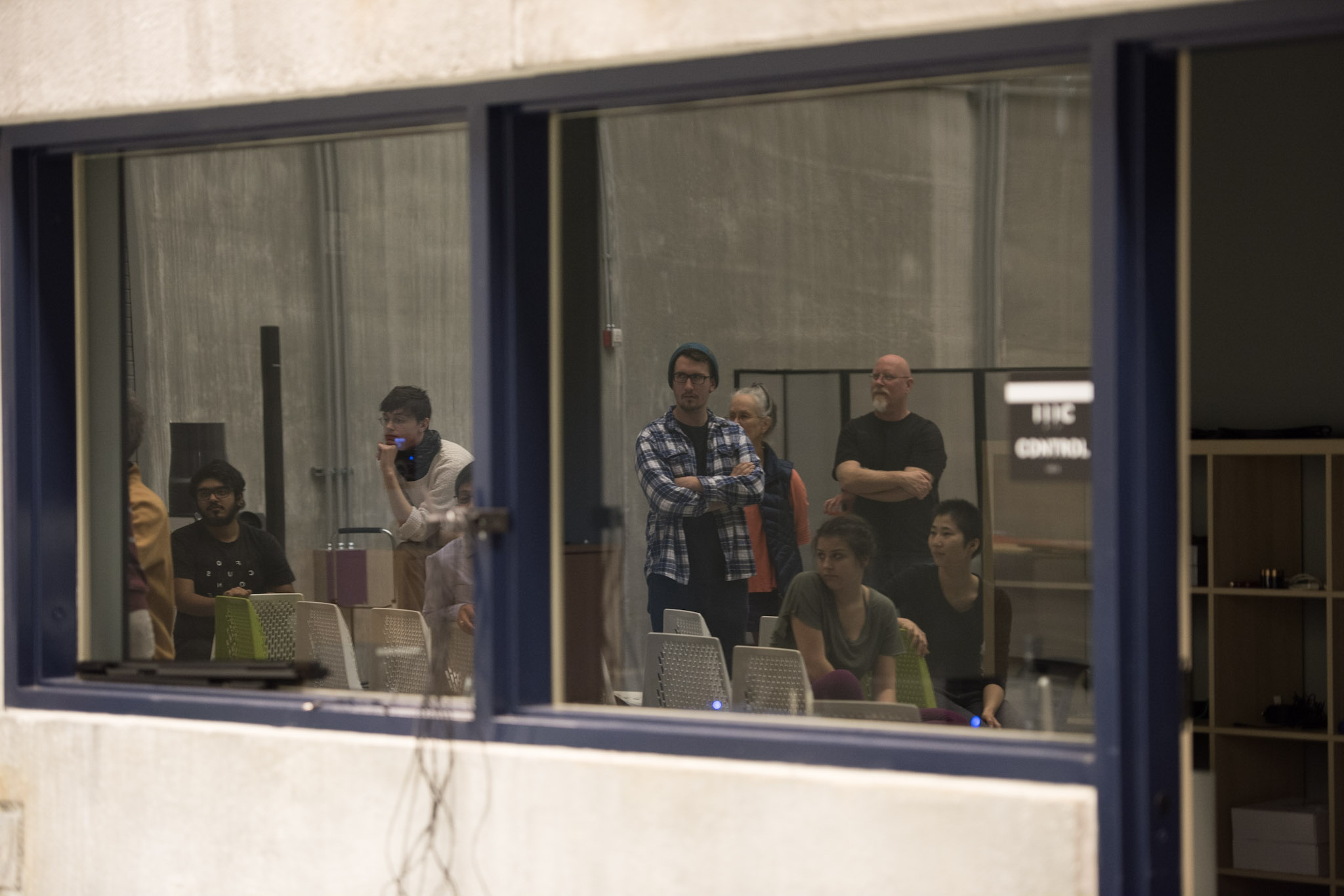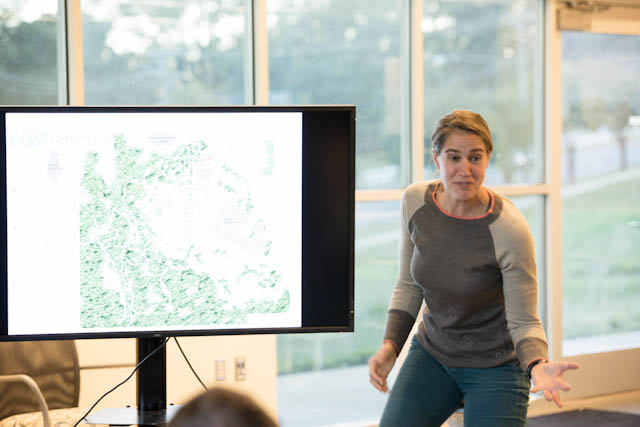PUBLIC ART CONNECTIONS
Public Art can help us see one another more equitably
Engaging community engaged Public Art’s power to achieve positive change
PUBLIC ART|PUBLIC KNOWLEDGE
– transforming community and conveying knowledge
During the 2017-2018 academic year, public art emerged as a major area of collaborative impact at the Center. Past and present, the major sphere of work at CDI falls in the area of Public Expression of Knowledge. To CDI’s long history of Scientific Information Design—including the Scientific Work of iSWOOP, motion capture of flight, human gaits, impact, and newer research and interpretive work on monarch butterflies—this work is growing to include Knowledge Design for Art History, Ecology, History, and Justice Studies. Bringing public art in as a tool for expressing this research demonstrates great potential.
Through public art, cities gain social, cultural, & economic value; art serves regenerative design. Added to public art’s capacity to reflect our society & time, to distinguish our city as unique; when the work includes significant content, public art becomes key to public education.
In 2017-18, CDI led or participated in many Projects:
WINSTON SALEM PORTRAIT PROJECT CDI served as host for WSFC Public Art Commission’s first city-wide project, with CDI Interim Director Betsy Towns chairing the committee and facilitating the process from opening workshops May, 2017 to artist interviews June, 2018. The City-Wide Portrait project will be the city’s first effort in community engaged Public Art’s power to achieve positive change, build understanding and innovation. The Project Committee conceived a series of works that build capacity to look empathetically across barriers that can divide us—class, race, neighborhood, ethnicity—with the aspiration of using art to help us see one another more equitably. Inspired by cities like Greenville, LA and Boston that have used public art as a tool to transform the livability, lovability, and sense of community in their cities, the commission has designed a concept for art throughout the city. The rfp achieved international reach. Following artist selection from a powerful pool of finalists, we begin an immersive community engagement led by the artists in coordination with the Commission and public partners in fall.
WINSTON SALEM LIGHT PROJECT teamed with CDI to laser scan the site for this-year’s historically-focused lighting project. The resulting scan allowed Light Project creator Norman Coates and his team from UNCSA Design and Production to design the light performance to project within 1 milimeter of accuracy on the Millenium Center Façade. The scan will also serve as an exacting record of this building—so key to Winston-Salem’s history–for any future restoration or construction work. Students from WSSU taught students from UNCSA to interpret and process the complex point cloud data generated with laser scanning technology, a new tool for UNCSA students.
PUBLIC ART AND CIVIL RIGHTS Together with Forsyth Technical Community College, Wake Forest, and the Arts Council, CDI brought Muralist and Civil Rights Activist Tom Kelly from Derry, Ireland, to meet and talk with members of our community and offer a public presentation on how public art played and plays a transformative role in his town. CDI brought Tom together with WSFC Public Art Commission Chair/WFU Art Professor David Finn, WS Muralist Marianne diNapoli-Mynet Japan-based muralist DAS (in town for the water tower painting) for conversation about the power of public art to achieve city-wide transformation.
CREATIVE CORRIDORS COALITION Twin Arches Film CDI Systems Architect Richard Phillips served as drone pilot and videographer, and Design Researcher Nickolay Hristov, now seasoned in cinematography from years capturing animal motion, worked together with Director and frequent CDI collaborator Marina Davis to captured the installation of CCC Twin Arches. The resulting short film may be seen at Creative Corridors website Spring, 2018. CDI Interim director joined Creative Corridors board and completed substantive work with MLK Corridor Historic Interpretives Committee.
Additional Public Art Engagements
Citizen Science Design —three WSSU Students have begun a new work on water quality which designers from WFU and UNCSA will integrate into the public interpretive sequence of the Living Creek Project CDI. CDI Interim Director Towns established Conversations and design research process with all museum in Winston Salem toward designing and building a Museum Collaborative exhibit on public land in WS. CDI held collaborative workshops this year with Reynolda House, Kaleideum, Peppercorn Theater, and New Winston Museum.


